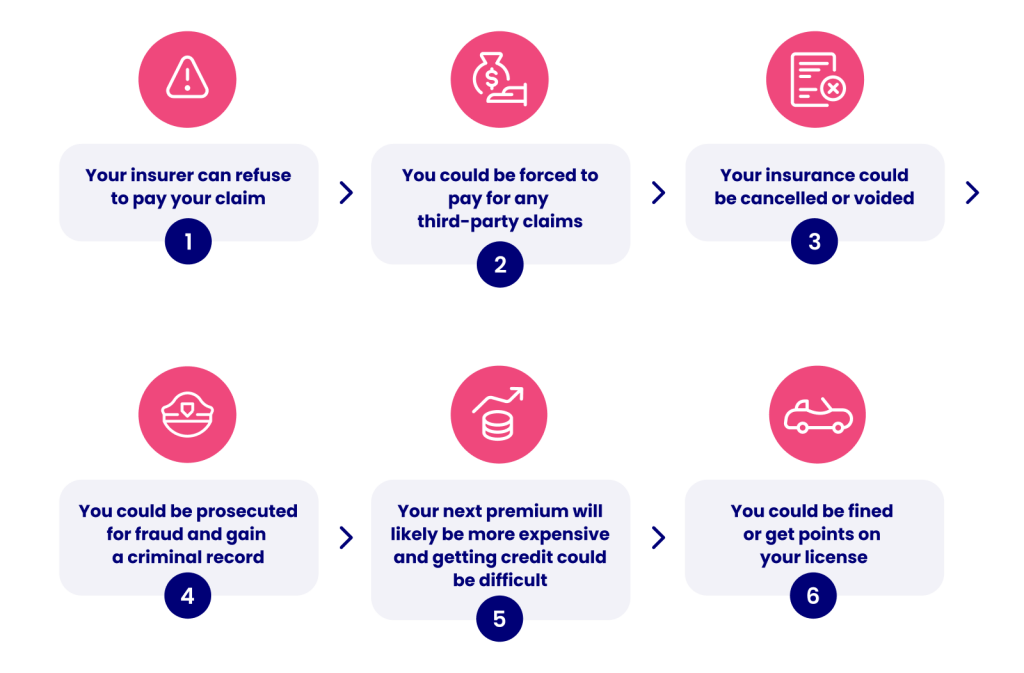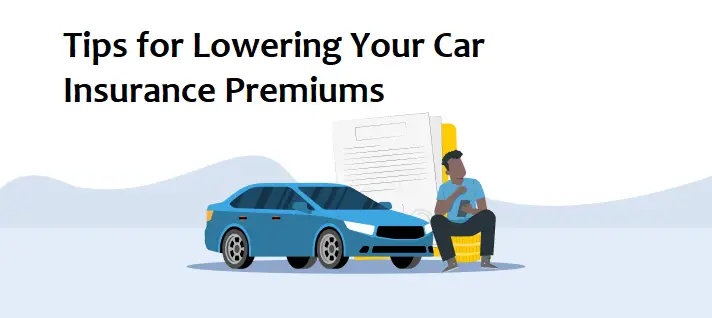Avoid Common Insurance Scams by staying informed and vigilant. Insurance is a crucial element of financial security, providing protection against life’s uncertainties. Yet, the very system designed to support people during emergencies can be exploited by fraudsters. Scammers target unsuspecting individuals through fake policies, staged accidents, inflated claims, and fraudulent agents, leading to financial losses and legal complications. To protect yourself, it’s essential to recognize these schemes and understand how to prevent them. This article outlines the most prevalent scams in the industry, how they work, and practical strategies you can use to avoid becoming a victim.
What Are Insurance Scams?
Insurance scams involve intentional deception or misrepresentation to receive benefits or payouts from an insurance policy. These scams can be committed by policyholders, service providers (like repair shops or doctors), or even fake insurance agents and companies. The FBI estimates that non-health insurance fraud costs more than $40 billion per year in the United States alone.
Why It’s Important to Avoid Insurance Scams
- Financial Loss: Scams can lead to substantial out-of-pocket costs and lost savings.
- Legal Issues: In some cases, victims may unknowingly participate in fraud and face legal consequences.
- Higher Premiums: Widespread fraud increases costs for insurers, which trickles down to all policyholders.
- Emotional Stress: Dealing with the aftermath of fraud can cause serious emotional and psychological strain.
Common Types of Insurance Scams
1. Fake Insurance Agents and Policies
Scammers pose as legitimate agents, selling fake policies for health, life, auto, or home insurance. Victims may pay premiums and believe they are covered, only to find out the policy is worthless.
How to Spot It:
- The agent refuses to provide documentation or license details.
- High-pressure sales tactics are used.
- Premiums must be paid in cash or via wire transfer.
2. Staged Accidents (Auto Insurance Fraud)
Criminals deliberately cause car accidents and exaggerate injuries or damages to file false claims.
Warning Signs:
- Sudden braking by the car in front of you.
- Multiple passengers making exaggerated injury claims.
- Witnesses who appear to know the scammer.
3. Medical Billing Fraud
Dishonest healthcare providers may charge for services not rendered, upcode services, or perform unnecessary procedures to inflate insurance claims.
Be Cautious If:
- You receive a bill for treatments you never had.
- You’re pressured into unnecessary testing.
- Your Explanation of Benefits (EOB) shows suspicious activity.
4. Disaster-Related Scams
After natural disasters, fraudulent contractors and public adjusters target homeowners with offers of quick repairs or inflated damage assessments.
Red Flags:
- No physical office or contact number.
- Upfront cash payment demanded.
- Lack of licensing or credentials.
5. Premium Diversion
This occurs when an insurance agent collects premiums but fails to send them to the insurer, leaving the client without coverage.
Indicators:
- Lack of official documentation from the insurance company.
- No confirmation emails or policy numbers.
- Difficulty reaching the agent after payment.
How to Avoid Common Insurance Scams
1. Verify Agent Credentials
Always check the licensing and registration of insurance agents through your state’s insurance department. Confirm they represent a legitimate, recognized insurance company.
2. Check the Insurer’s Legitimacy
Use resources like the National Association of Insurance Commissioners (NAIC) to confirm if the insurer is licensed to operate in your state.
3. Review Policies Carefully
Read the fine print. Make sure all terms, premiums, and coverage details match what you were told. Ask questions if anything is unclear.
4. Don’t Pay in Cash or by Wire Transfer
Use traceable payment methods like credit cards or checks. Avoid paying anyone who insists on cash or wire transfer only.
5. Get a Second Opinion
For major treatments, repairs, or claims, consider seeking a second opinion from a licensed professional. This can protect against inflated or fake claims.
6. Report Suspicious Activity
If you suspect fraud, report it to your insurance company, your state’s insurance regulator, or organizations like the Coalition Against Insurance Fraud.
What to Do If You Suspect You’re a Victim
- Contact Your Insurance Company Immediately
- Explain the situation and provide all relevant documents and communication.
- Report to Authorities
- File a complaint with your state’s insurance department.
- Report criminal activity to local law enforcement.
- Freeze Financial Transactions
- If you’ve provided banking details or made payments, notify your bank to prevent further withdrawals.
- Document Everything
- Keep records of all communications, invoices, and receipts. This helps support your case during investigations.
- Consult a Legal Expert
- If financial loss or legal entanglement is involved, consult an attorney for guidance.
Real-World Case Studies
Case 1: Fake Auto Insurance Policy
A Florida man was sold what he believed was full auto insurance coverage. When he was in a minor accident, he discovered the policy never existed. The scammer had created fraudulent documents and disappeared with over $1,200 in premium payments.
Case 2: Staged Car Crash Ring
A large fraud ring was uncovered in New York where criminals staged minor accidents to file fake injury claims. The scheme involved doctors, lawyers, and fake patients and defrauded insurers of millions before being shut down by authorities.
Case 3: Medical Clinic Billing Fraud
In California, a network of pain clinics was found to be billing insurers for procedures never performed. An internal audit and a whistleblower led to the exposure of the $5 million scam.
Educate Yourself and Your Community
Awareness is the best defense. Educate your family, friends, and colleagues about how to avoid common insurance scams. Share verified resources and encourage them to verify policies and agents before committing.
Resources for Verification and Reporting:
- NAIC (National Association of Insurance Commissioners): https://www.naic.org
- Coalition Against Insurance Fraud: https://www.insurancefraud.org
- State Insurance Departments: [Find your state regulator online]
Final Thoughts
Insurance scams are a growing threat, but with vigilance, education, and proactive steps, you can protect yourself and your assets. Whether you’re purchasing a new policy, filing a claim, or dealing with an agent, always verify, ask questions, and stay informed.
Avoiding common insurance scams is not just about protecting your wallet—it’s about ensuring peace of mind and preserving the integrity of a system that exists to help people in their time of need.
If this article was informative also checkout: Insurance Coverage For Disasters




